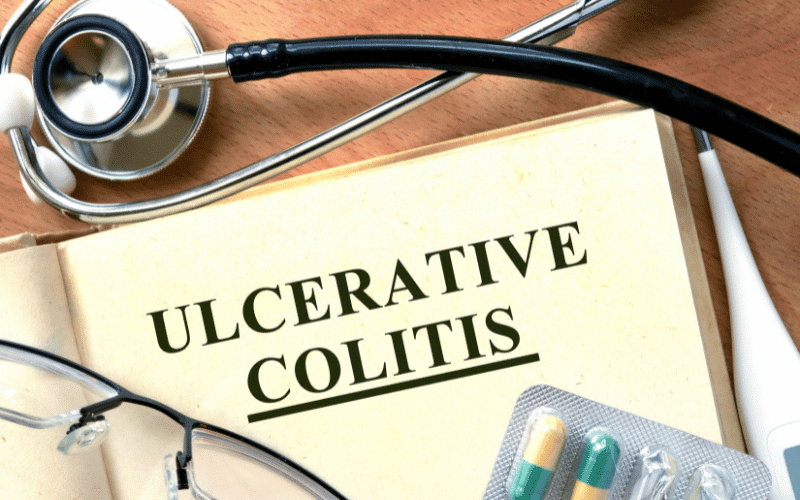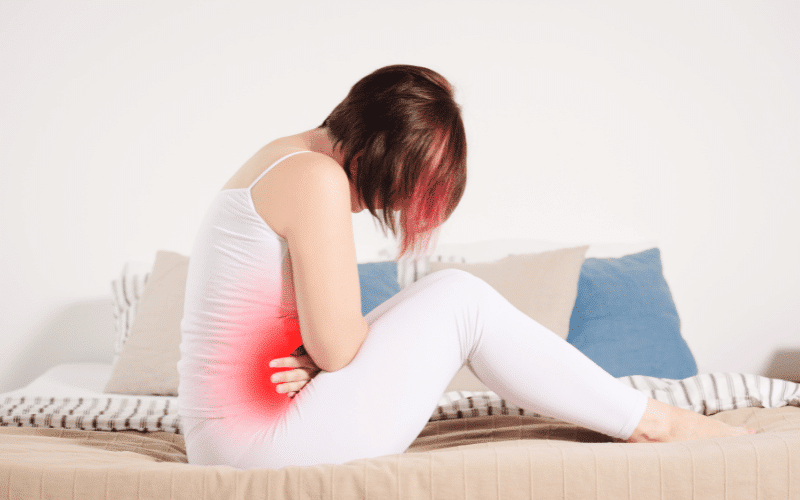Introduction: The Unseen Impact of Ulcerative Colitis

Ulcerative colitis (UC) is a chronic illness that subtly infiltrates the digestive system, specifically focusing its assault on the large intestine. The large intestine consists of two main parts, the colon and the rectum, both of which are particularly vulnerable to the inflammatory effects of UC. This condition belongs to a group of diseases known as Inflammatory Bowel Diseases (IBD), a term that represents conditions characterized by prolonged inflammation of the digestive tract.
The inflammation triggered by UC leads to the formation of sores or ulcers in the lining of the colon and rectum. These ulcers have the potential to produce pus and mucus, exacerbating the discomfort experienced by those living with this condition. Ulcerative colitis is more than a physical ailment; it can also impose a significant psychological burden, often creating disruptions in everyday life and causing distress.
Recognizing the symptoms of ulcerative colitis is crucial in ensuring a timely diagnosis and effective treatment plan. It enables the individuals affected to gain control over their condition, manage their symptoms better, and ultimately, improve their overall quality of life. If you’ve been experiencing persistent discomfort and haven’t been able to identify the cause, your body might be signaling the presence of a more serious issue, such as UC.
This article aims to provide a detailed exploration of the symptoms of UC. It will delve into 20 warning signs that you should never overlook. The goal here is to empower you with knowledge, to help you understand what your body might be trying to tell you, and how to act appropriately in response.
Symptom 1. Persistent Abdominal Pain: The Telling Sign of Ulcerative Colitis

When ulcerative colitis enters the scene, one of the first symptoms to make an appearance is persistent abdominal pain. This discomfort often presents as a gnawing pain in the gut, similar to the sensation of extreme hunger. However, with UC, the pain doesn’t dissipate after a meal; instead, it often intensifies, taking the form of abdominal cramping.
Abdominal pain and cramping associated with UC are due to inflammation and ulceration in the colon and rectum. These ulcers can irritate the nerves in the intestinal wall, leading to a heightened pain response. Additionally, inflammation can cause the muscles in the gut to contract more vigorously, resulting in painful cramping.
It’s important not to dismiss persistent abdominal pain as a trivial issue. If you’ve been experiencing this symptom for a while, and it doesn’t seem to be linked to specific foods or eating habits, it might be indicative of a deeper problem. Remember, persistent pain is your body’s way of signaling that something isn’t right.
Moreover, the location of the pain can also provide clues about the presence of UC. The colon extends across the abdomen, so pain can occur in various areas, but it’s usually most prominent on the left side. (1)